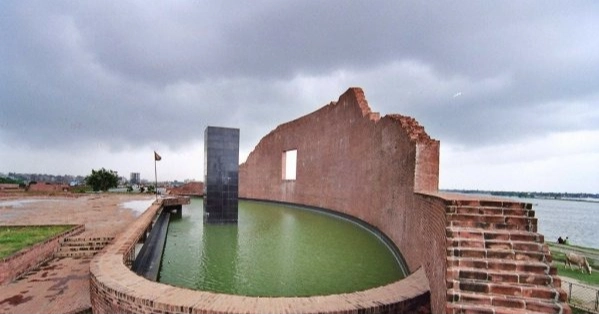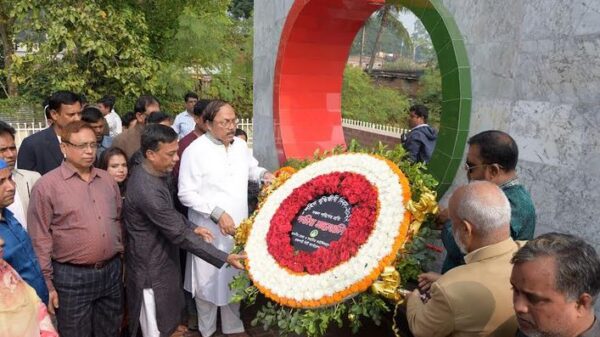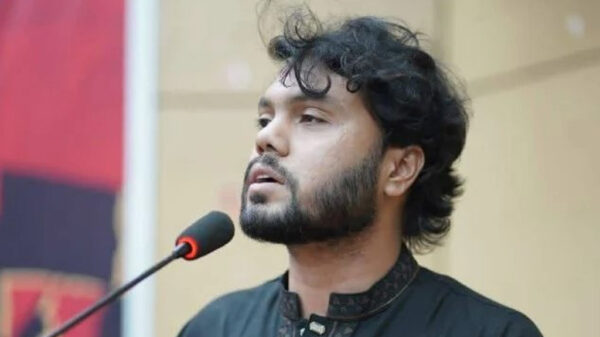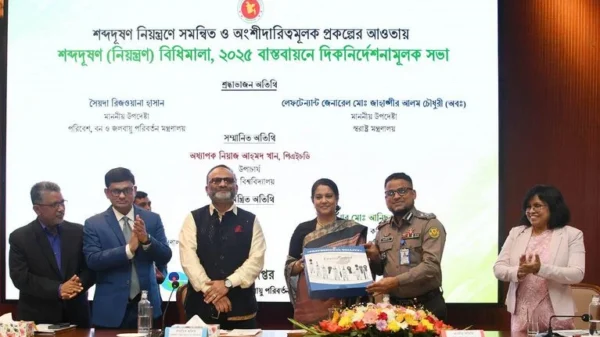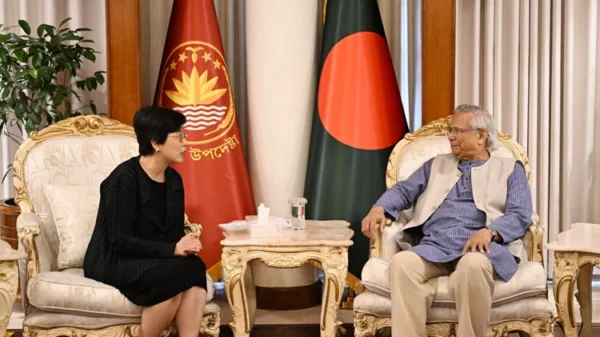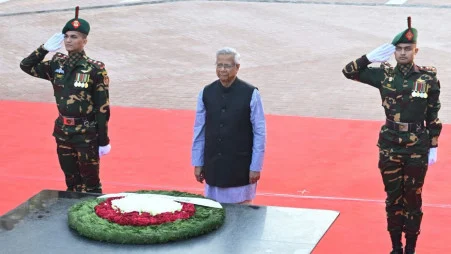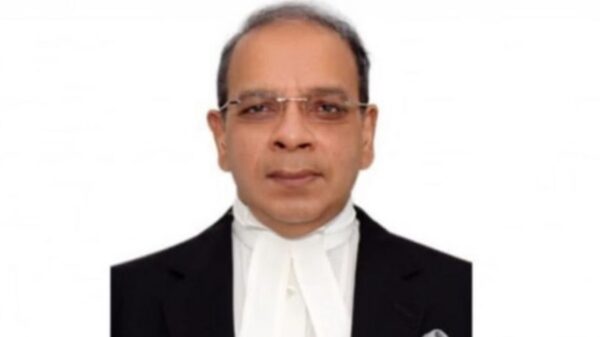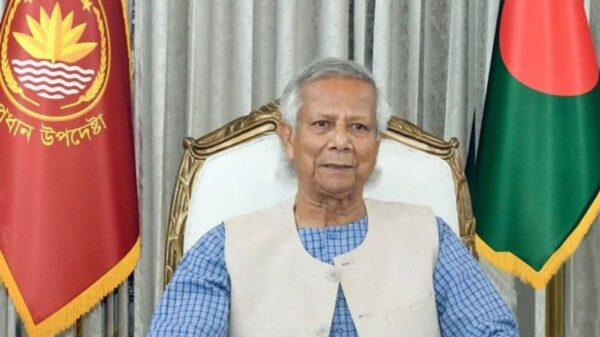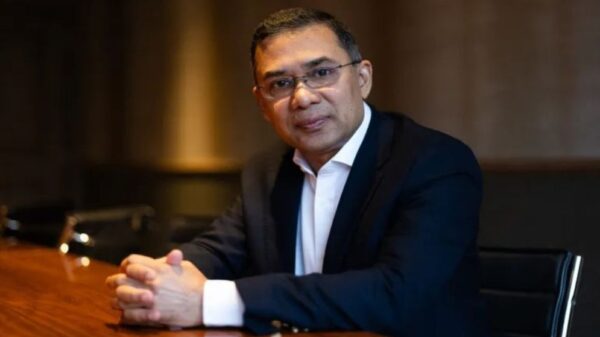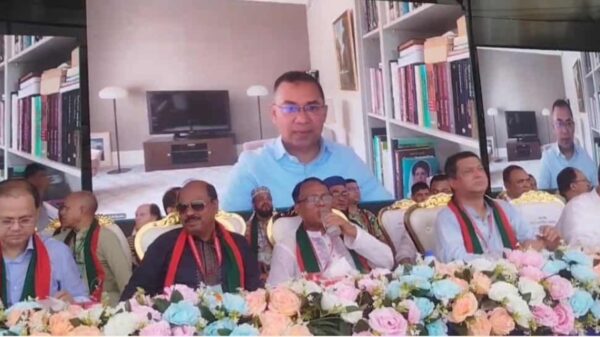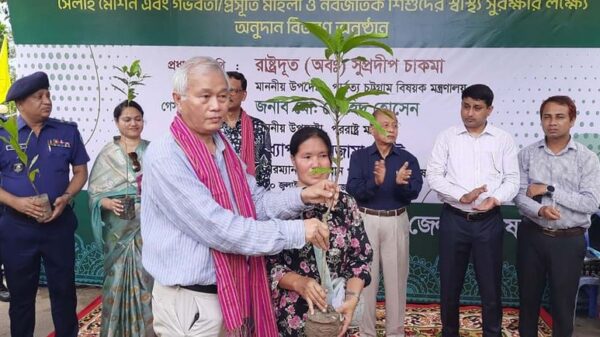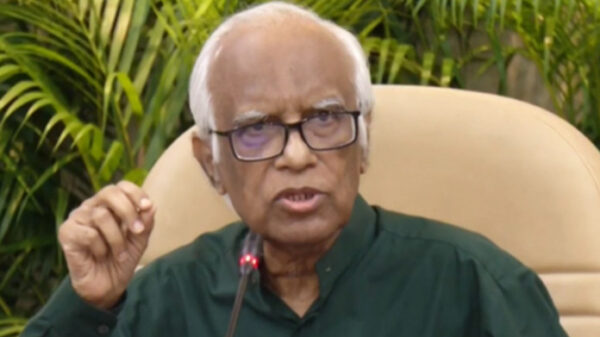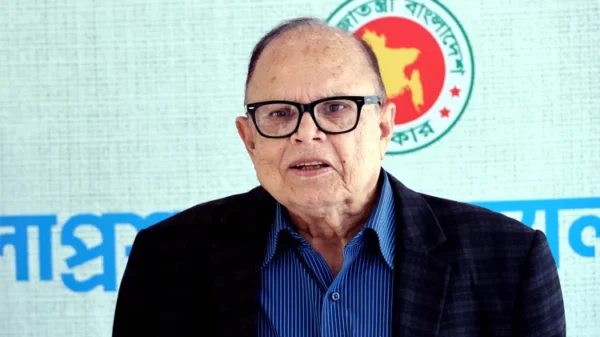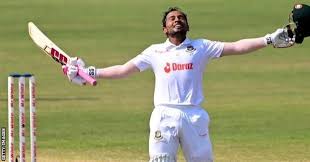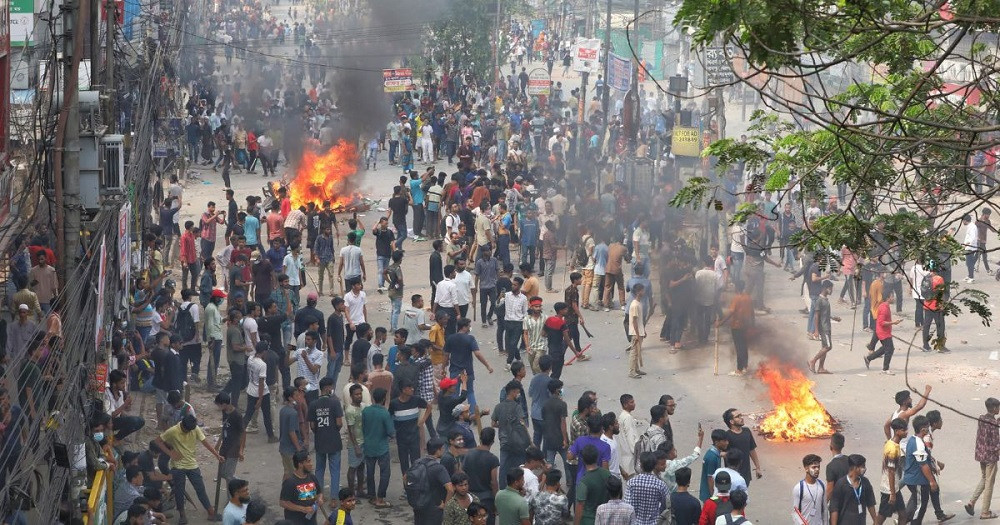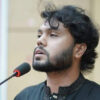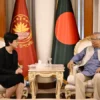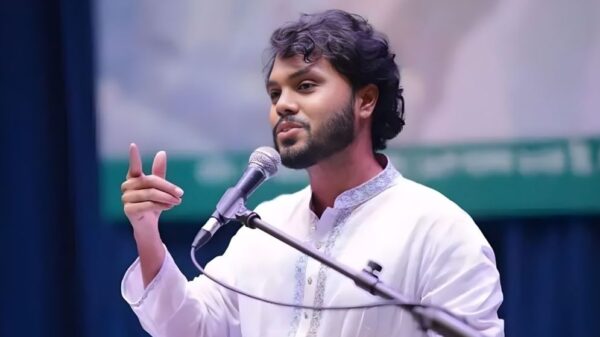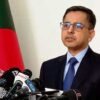Staff Reporter:
At least 570 protesters were killed by police and other law enforcement agencies, while 52 others were murdered by Awami League party members during the July-August mass uprising, as per the Human Rights Support Society (HRSS).
The report by HRSS noted that the confirmed incidents of deaths due to the protests, which resulted in the collapse of the Awami League government, and the ensuing mob violence stands at 986.
However, reliable HRSS sources, which include media and hospital insiders, say the death toll crossed the 1,200-mark before the ouster of Awami League regime, the report highlighted.
Among the 986 confirmed incidents of deaths, names of 868 victims have been found while the rest of 118 remain unidentified.
The HRSS report provides a grim picture of the death toll during the uprising, adding that over 35,000 others were injured or disabled during the nationwide protests.
The mass demonstrations, which saw widespread participation by students, workers, journalists, and political activists, culminated in the downfall of the then prime minister Sheikh Hasina on 5 August.
Complicity in and nature of killings
According to HRSS, out of the total 986 deaths, 518 were attributed to police actions, while 52 were caused by other security forces. Awami League activists were held responsible for the deaths of another 52 protesters, while 38 people were killed in incidents of mob violence.
Killings of the rest of 326 individuals could not be blamed on any specific individual, group or agency, due to data collection constraints.
The report also revealed the nature of the killings. Of the 879 fatality cases, where the cause of death was identified, 77% were executed by gunfire, 10% died from burns, 10% were beaten to death, and the remaining 3% died due to other causes.
Victim demographics
The HRSS report documented the deaths of individuals from various professional and social backgrounds. Among the deceased were 265 students, 133 workers, 51 law enforcement personnel, 41 businesspeople, and 66 others from different professions. Notably, children and women were also among the casualties. At least, 127 children, including 6 girls, lost their lives in the unrest.
The report further analysed the age groups of the victims, finding that 72% of those killed were under 30 years old. This included 418 young adults and 127 minors, indicating the active involvement of the youth in the uprising.
Notably, children as young as 4 were killed in the uprising as government-backed forces fired indiscriminately at even the most harmless targets, in a bid to constrict the flow of information.
Timeline and regional data
The HRSS highlighted that the deadliest phase of the uprising occurred between 16 July and 5 August, during which 772 people lost their lives. On 5 August alone, when Sheikh Hasina fled the country, at least 294 people were killed.
The geographical breakdown of fatalities shows that Dhaka Division recorded the highest number of deaths, with 614 people killed. Other divisions’ reported fatalities are as follows: Chattogram (104), Khulna (80), Rajshahi (65), Mymensingh (44), Rangpur (35), Sylhet (23), and Barishal (12).
Violence after Hasina’s fall
The HRSS report also underscores the chaos that followed the ouster of Sheikh Hasina. From 6 to 8 August, when no government was in place, 164 people were killed. An interim government led by Nobel laureate Dr Muhammad Yunus took over on 9 August, after which 49 more deaths were reported, most of which were from injuries sustained earlier.
The report concludes by stressing the need for accountability and justice for the victims, urging the new government to particularly investigate the actions of security forces and political activists during the uprising.


